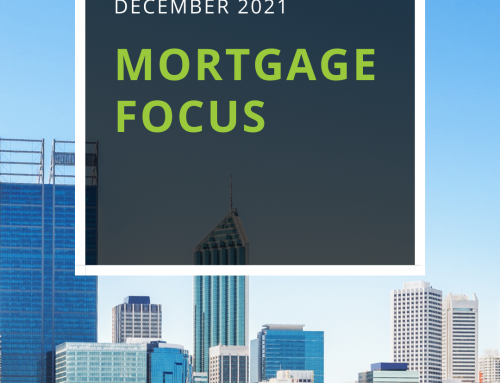 After moving interest rates to a 53 year low in May, the Reserve Bank of Australia (RBA) has decided to leave rates unchanged at its June board meeting.
After moving interest rates to a 53 year low in May, the Reserve Bank of Australia (RBA) has decided to leave rates unchanged at its June board meeting.
Earlier this month, the RBA elected to take a “wait and see” approach by leaving rates unchanged at 2.75%, in light of new data suggesting that previous rate cuts are starting to take hold.
According to RBA governor Glenn Stevens, the board decided the current monetary policy position remained appropriate for the time being. However, there remains some scope for future rate cuts if or when required.
“The easing in monetary policy over the past 18 months has supported interest-sensitive areas of spending and has been reflected in portfolio shifts by savers and higher asset values,” Mr Stevens said. “Further effects can be expected over time.
“At today’s meeting, the board judged that the easier financial conditions now in place will contribute to a strengthening of growth over time, consistent with achieving the inflation target.
“The board also judged that the inflation outlook, as currently assessed, may provide some scope for further easing, should that be required to support demand.”
While a few voices were quick to pipe up against the recent announcement, most economists are in support of creating a stable rate environment.
In fact, CommSec chief economist Craig James believes the economy is in a sound position and that the impending federal election has a lot to answer for when it comes to consumer confidence.
“It is clear that interest rates are sufficiently low enough to get consumers and businesses borrowing again,” Mr James said. “The question that needs to be asked is, ‘Would another rate cut make all the difference to activity levels?’
“The long drawn out federal election campaign is the main driver of uncertainty, and most businesses want the election out of the road before committing to major new spending or investment.”
So what can we take away from this month’s rate announcement?
This month’s rate decision will allow some of the movements already in place to gain momentum.
Economists are confident that enough has been done to boost “rate sensitive” markets.
Consumer confidence in the retail sector is slowly returning and we are starting to see more buyers willing to venture into the property market. Lenders competition has heated up considerably in recent weeks, with several of the big banks slashing rates to vie for business.
Finally, further rate cuts are not expected in the immediate future as the Reserve Bank is likely to take a cautious approach, given that confidence levels should rebound after the election.





